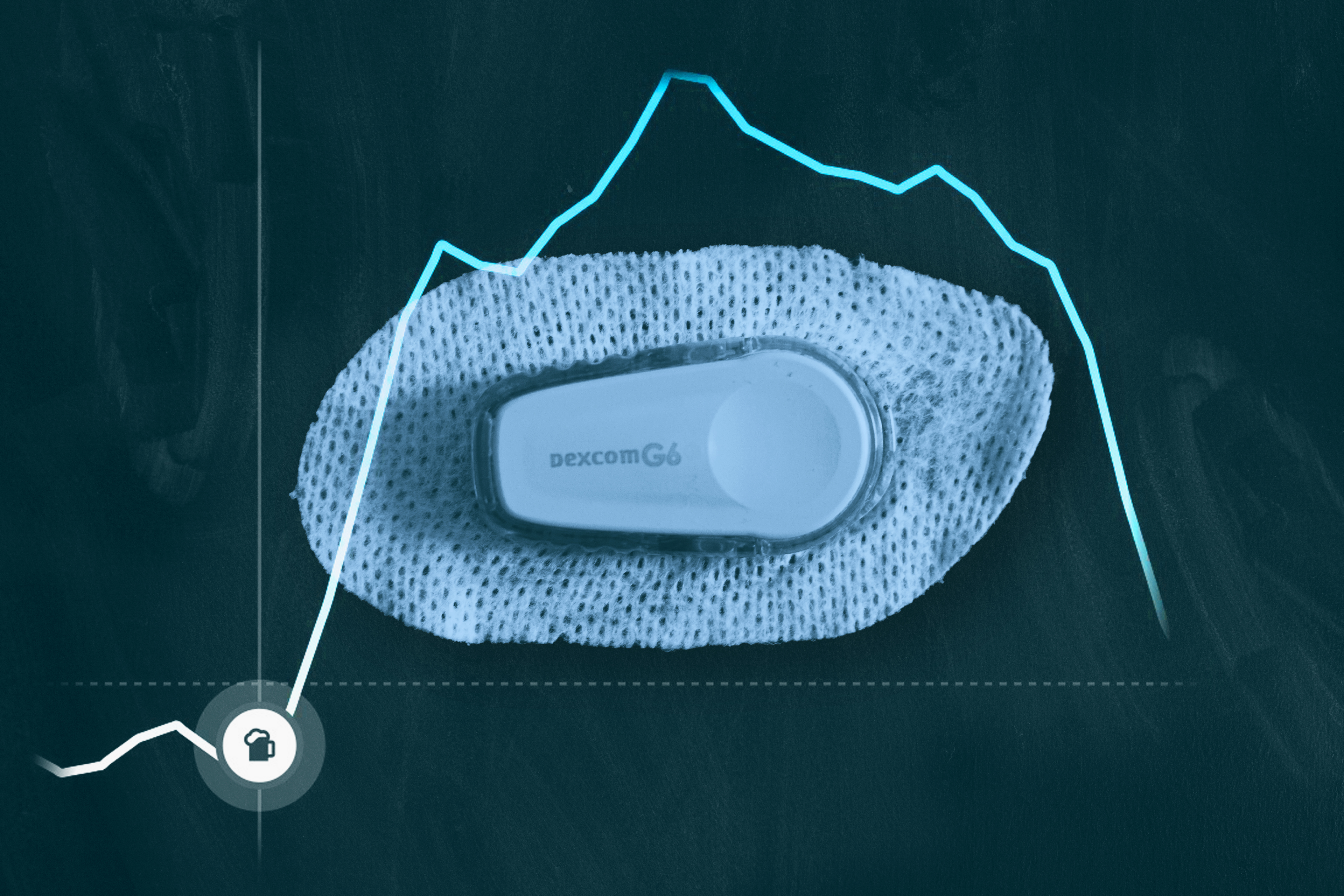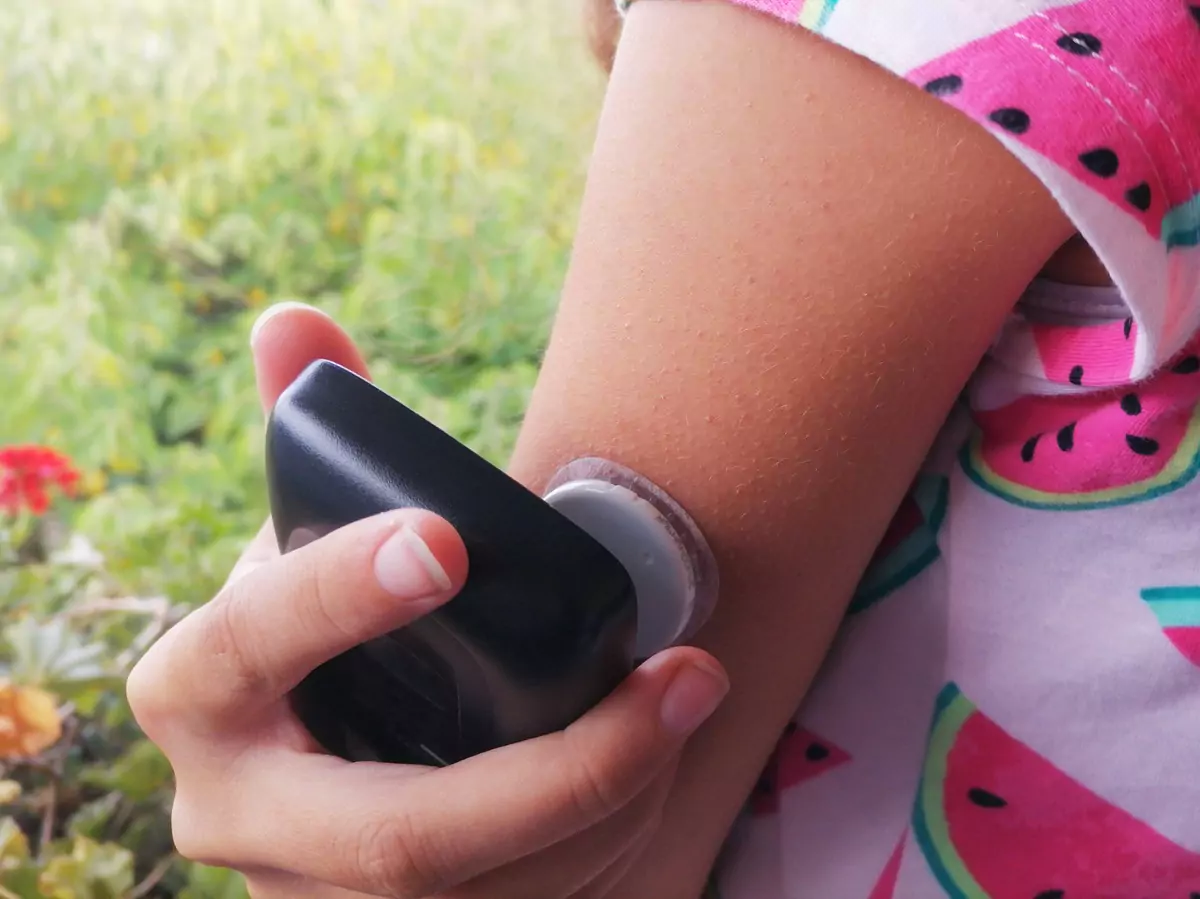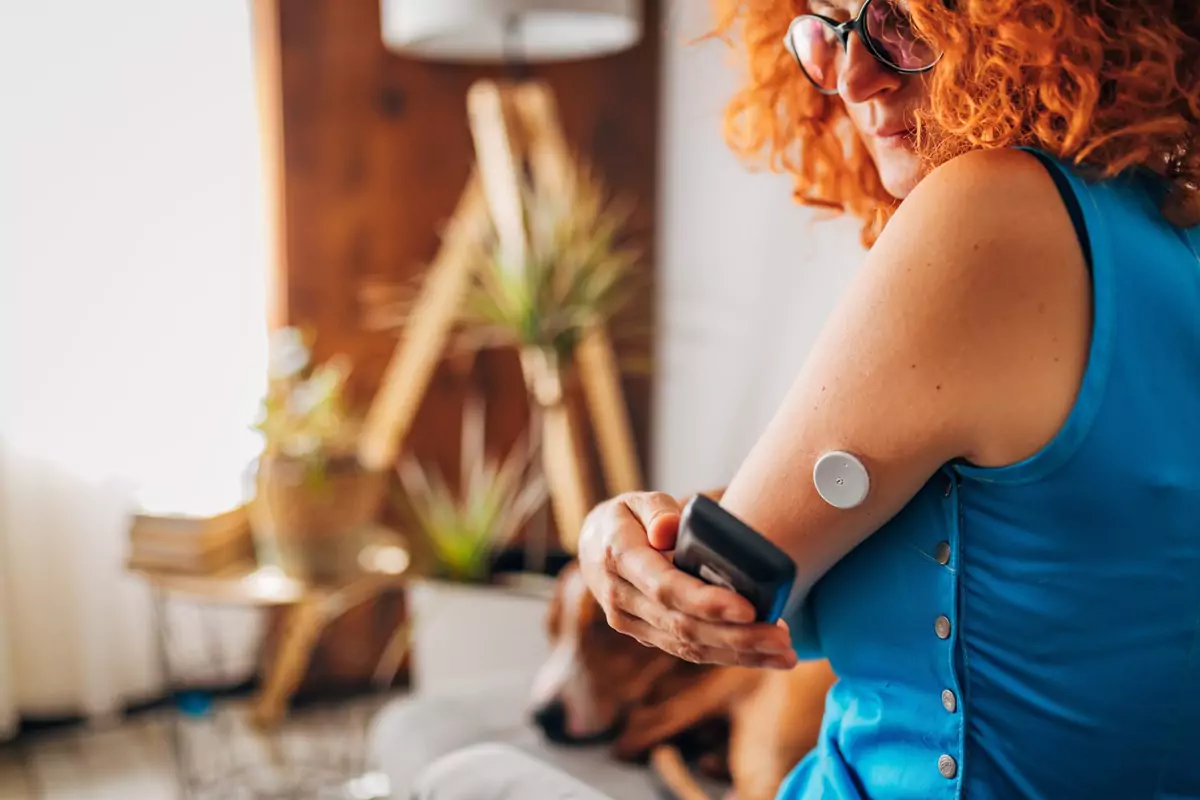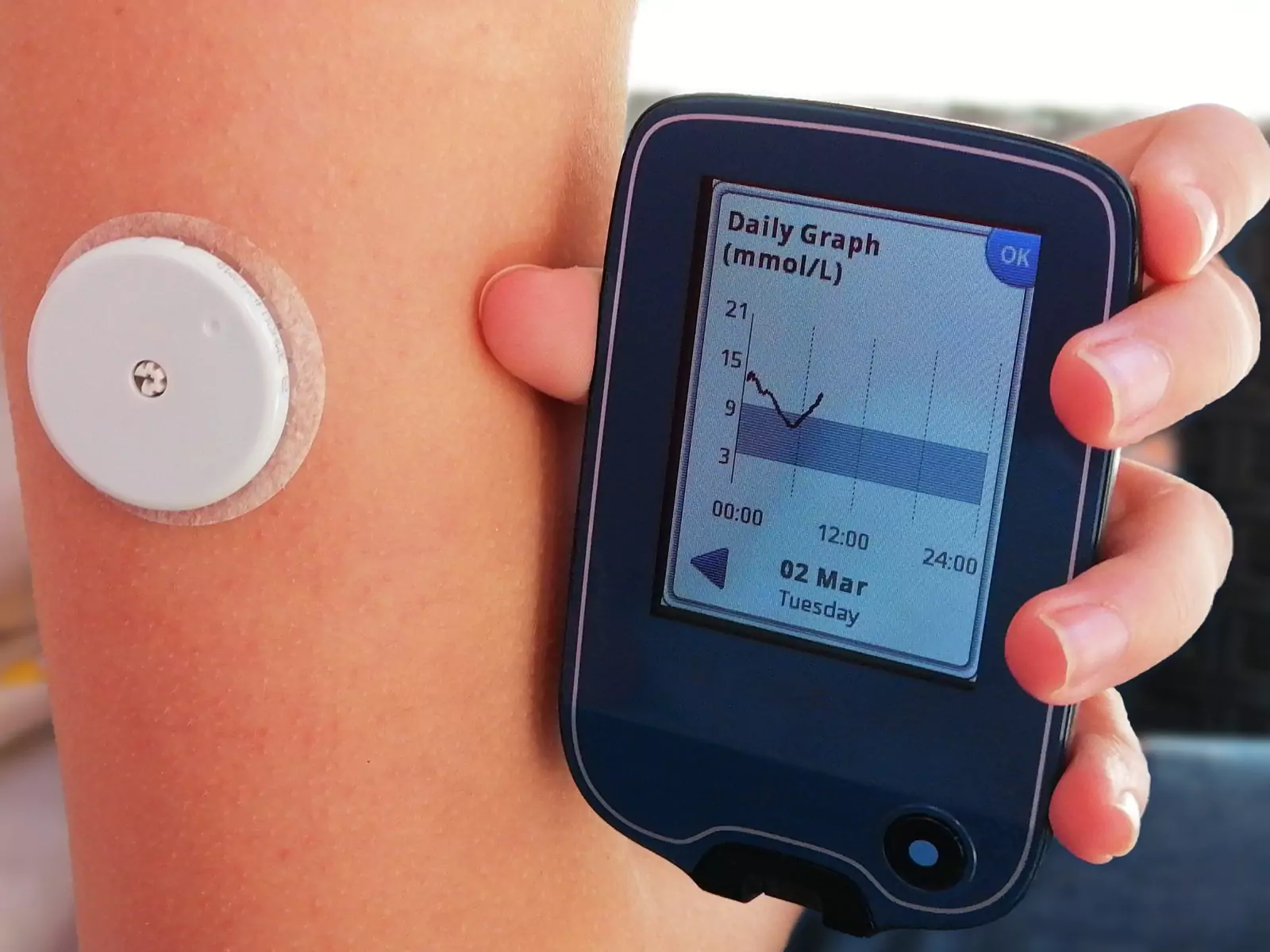





Dexcom How Often To Change Sensor


Let's dive into the world of Dexcom, shall we? A company that's a beacon of hope for those grappling with diabetes. Its specialty? A continuous glucose monitoring system (CGM) that's revolutionizing how individuals manage their condition. The power of Dexcom lies in its ability to paint a vivid picture of one's glucose levels, helping users wrest back control of their diabetes management.
And, it doesn't stop there. Dexcom is a trusted ally for healthcare providers, offering them a more granular view of their patient's diabetic journey. Now, let's get to the heart of the matter - the Dexcom sensor. A tiny piece of technology, but with enormous potential.
The secret ingredient in the Dexcom recipe for precise glucose data. But remember, its performance is only as good as its maintenance. Change it regularly, and it'll serve you well. Ignore it, and well... you're opening a can of potential issues.
In this article, we'll walk you through the Dexcom sensor's significance and the potential risks tied to its use. We'll also tackle the benefits of frequent sensor changes and guide you on just how often you should be swapping it out. Buckle up and join us on this enlightening journey!
What is Dexcom?
Picture a medical device company with a knack for crafting top-notch CGM systems. Systems that don't just measure blood sugar levels but track them relentlessly. A true game-changer for those battling diabetes and other metabolic disorders.
Real-time glucose data? Check. Informed health decisions? Double-check. Dexcom's CGM systems are an all-ages affair, catering to both the young and the young-at-heart. These systems, like the Dexcom G6, comprise a small wearable device that's comfortably placed on the back of the upper arm. Hooked to this device is a disposable sensor housing a minuscule needle that's carefully inserted just under the skin.
Presto! Glucose readings are transmitted to a receiver or a compatible smart gadget, delivering glucose readings, trend arrows, and trend graph right at your fingertips. The Dexcom G6 system isn't just user-friendly - it's a lifesaver for those with diabetes and other metabolic disorders. Think real-time blood sugar monitoring and glucose tracking over time.
This empowers users to spot patterns and take proactive health measures. It's not just about data gathering; it's about pattern recognition and proactive health management. Accuracy is another feather in the Dexcom G6's cap. Readings that hit the mark within minutes, allowing users to tweak their insulin doses as required. This precise tracking can help curb hypoglycemic and hyperglycemic episodes.
And the ability to set custom alerts? That's just icing on the cake, allowing users to respond swiftly to glucose changes. In a nutshell, the Dexcom G6 is a dynamic tool for those managing diabetes and other metabolic diseases. It's a system that offers precise, timely readings, helping users understand their glucose patterns and prevent or reduce glucose extremes. It's not just a monitoring system; it's a partner in managing one's health journey.
Dexcom How Often To Change Sensor
For those using the Dexcom G6 and G7, the sensor should be changed every seven days. It is important to note that some users may need to replace their sensors more often, while others may be able to extend the life of their sensors. Some factors that can affect the sensor's lifespan include user age, excessive movement, temperature changes, and exposure to water.
And yes, there are consequences to this delicate balance. Imagine you're late changing your sensor. Not too much of an issue, right? Think again. You could be looking at a dangerous game of Russian Roulette with your glucose readings. Inaccurate, unreliable, misleading - that's what you'll get.
And for diabetics, that's a potentially hazardous situation. On the flip side, the frequent sensor-swappers among you aren't off the hook. It's a pricey game, this sensor business. The temptation to squeeze every last drop of life from a sensor is real. Understandable, even.
But beware, it could cost you more than just dollars and cents in the long run - we're talking accuracy and reliability here, folks. So, what's the takeaway? Follow the rulebook. Dexcom has set out clear guidelines for a reason. Use it correctly, store it right (cool, dry, not next to your tropical fish tank), and keep it clean. Stick to the script and you'll be rewarded with spot-on, reliable glucose readings.
What are the Cautions of Dexcom Sensor Use?
Now, let's get to the nitty-gritty. Dexcom sensors, while life-changing, aren't without their risks. For starters, placement is key. Think of it as prime real estate - get the location right and you're golden. But remember, cleanliness is next to godliness. Lotions, oils - they're no friends of your sensor. Water, too, is a big no-no. A damp sensor is a skewed sensor.
Plus, it's uncomfortable and potentially irritating. So, no deep-sea diving with your sensor on, please. When it's time to say goodbye to your sensor, do it with care. A hasty removal can lead to irritation or sensor damage. And keep an eye on your skin. Redness, swelling - they're waving red flags. See them? Take a break from the sensor and dial your doctor.
Your sensor, as tough as it might seem, needs a bit of TLC. Sharp objects? They're the enemy. Irritated or bruised skin? Give it a wide berth. And pay attention to the expiry date - an expired sensor is as good as useless. Oh, and one more thing: extreme temperatures are a sensor's kryptonite.
So there you have it. Dexcom sensors - they're a marvel, truly. But remember, with great power comes great responsibility. Treat them right and they'll do the same for you. Follow the guidelines, stay alert to risks, and above all, change them when Dexcom says so. It's a small price to pay for accurate glucose readings, wouldn't you say?
What are the Advantages of Changing Dexcom Sensors Regularly?
Shuffling Dexcom sensors on a regular basis? It isn't just a good practice, but a vital one. The reasons are manifold, and the benefits profound. First up, let's talk about accuracy. With diabetes, precise glucose readings can make the difference between a good day and a very bad one. Regularly changing your Dexcom sensor ensures its efficiency. It means it can provide you with reliable, accurate glucose readings.
While we're on the topic of managing glucose levels, let's not forget that maintaining healthy blood sugar levels can sometimes feel like a herculean task. The mountain of carbs in meals and snacks, coupled with our tireless efforts, might still fall short. And that's precisely where SugarMD Advanced Glucose Support steps in. This unique blend of traditional Ayurvedic herbs not only helps regulate blood sugar levels but also curbs those pesky cravings.
It's perfect for both pre-diabetics and Type 2 diabetics, working towards overall blood sugar health. Now, back to the benefits of regularly changing your Dexcom sensor.
Now, think about it this way - you're not just doing your health a favor; you're also aiding your sensor. Regular change-outs can enhance the sensor's lifespan. Here's a little inside info - each sensor comes with a suggested lifespan of around ten days.
But guess what? With the right care and maintenance, you can stretch it to fourteen! This involves a simple routine of changing the sensor as suggested and following the manufacturer's guidelines to the letter. Lastly, did we mention the Dexcom cost-saving aspect? Each sensor is engineered to withstand a certain usage limit. Pushing it beyond that limit could lead to a shorter lifespan and more frequent replacements, hitting you right in the wallet.
Conclusion
In a nutshell, the mantra to remember is simple: follow the manufacturer’s guidelines and switch out Dexcom sensors as frequently as advised. The boons are aplenty - top-notch glucose readings, longer battery life, better user experience, and a lower risk of hypoglycemia and hyperglycemia, all contributing to the user’s safety.
If you're using the Dexcom G6, remember to change the sensors every 10 days. For the Dexcom G5 users, it's every seven days. Of course, when in doubt, don’t hesitate to consult a healthcare professional. Their tailored advice will surely set you on the right track.
About The Author
Meet Dr. Ahmet Ergin a highly skilled and dedicated endocrinologist with a passion for diabetes care. Dr. Ergin earned his medical degree with honors from Marmara University in Istanbul. He completed internal medicine residency and endocrinology fellowship at Cleveland Clinic.
Dr. Ergin is board-certified in Internal Medicine, Endocrinology, Diabetes, and Metabolism due to his vast medical expertise. He's a certified diabetes educator, author of "The Ultimate Diabetes Book," and founder of "the SugarMD YouTube channel."
Dr. Ergin offers exceptional diabetes care to his patients in Port Saint Lucie, FL, helping them manage effectively. Disclaimer: These statements have not been evaluated by the Food and Drug Administration. Information on this website isn’t intended to treat, cure or prevent any disease. Discuss with your doctor and do not self-treat.
Written By Dr. Ahmet Ergin
459 total articles
Meet Dr. Ahmet Ergin, a highly skilled and dedicated endocrinologist with a passion for diabetes care. Dr. Ergin earned his medical degree with honors from Marmara University in Istanbul. He completed internal medicine residency and endocrinology fellowship at Cleveland Clinic. Dr. Ergin is board-certified in Internal Medicine, Endocrinology, Diabetes, and Metabolism due to his vast medical expertise. He's a certified diabetes educator, author of “The Ultimate Diabetes Book,” and founder of “the SugarMD YouTube channel.” Dr. Ergin offers exceptional diabetes care to his patients in Port Saint Lucie, FL, helping them manage effectively. For a closer look into his insights and experiences, connect with Dr. Ahmet Ergin on LinkedIn, Instagram, and YouTube.”
Disclaimer: These statements have not been evaluated by the Food and Drug Administration. Information on this website isn't intended to treat, cure or prevent any disease. Discuss with your doctor and do not self-treat.
Products











